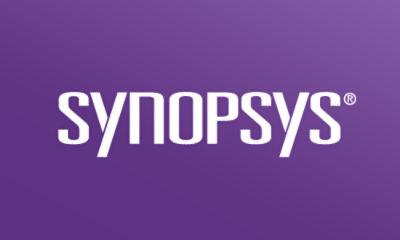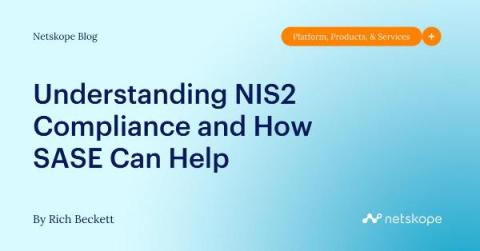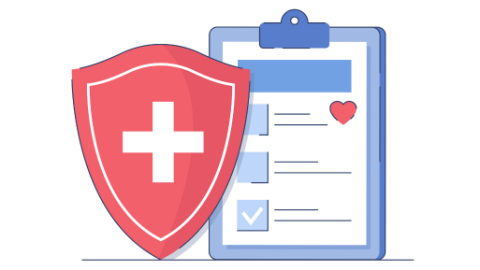New Report Shows Phishing Links and Malicious Attachments Are The Top Entry Points of Cyber Attacks
New TTP attack data covering 2023 sheds much needed light on the threat actor and user actions that are putting organizations at the most risk. In cybersecurity vendor ReliaQuest’s Annual Cyber-Threat Report: 2024, there is a ton of great detail mapped to the MITRE ATT&CK Framework outlining which threat actions are used and how organizations are most effectively fighting back and stopping attacks.











